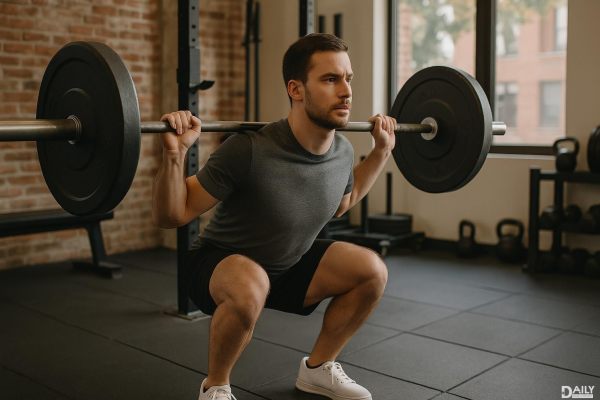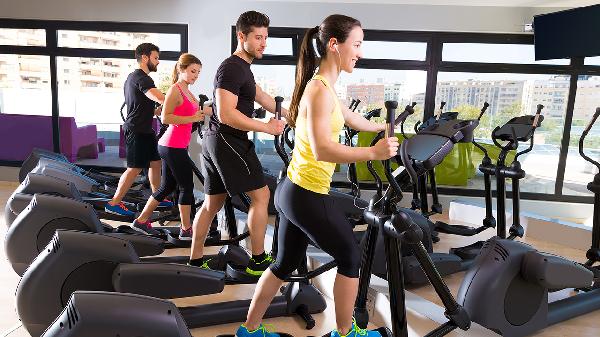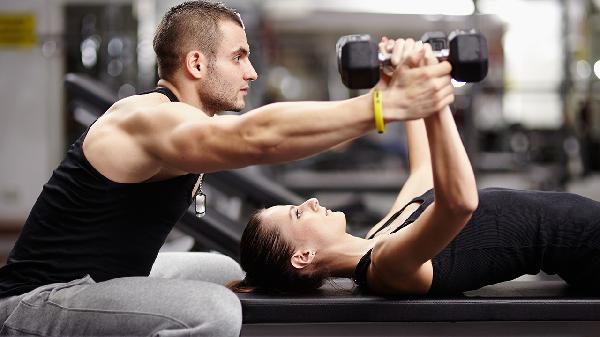what’s “high intensity” for one person might be a warm-up for another. That’s why trainers love it for clients of all ages and fitness levels. So if you’ve been avoiding HIIT because you think it’s only for the super-fit crowd, it’s time to rethink that strategy.
Why HIIT Works for Everyone (Yes, Even You)
The beauty of HIIT is its flexibility. Unlike, say, running a marathon or deadlifting twice your bodyweight, HIIT doesn’t have a one-size-fits-all intensity level. Your “high intensity” could mean power walking up a hill, while someone else’s might involve burpees until they collapse. The key is working at a level that feels challenging for you—not comparing yourself to the person next to you on the gym floor. Studies show that even modified HIIT routines (think: slower movements or shorter intervals) still deliver serious benefits like improved endurance, fat loss, and heart health. Plus, the built-in recovery periods make it way more forgiving than steady-state cardio. No gasping-for-air-on-the-floor moments required.
How to Start HIIT Without Feeling Like You’ll Die
If the thought of jumping straight into a Tabata routine makes you sweat (and not in a good way), here’s your game plan. First, ditch the all-or-nothing mindset. A beginner-friendly HIIT session could be as simple as alternating 30 seconds of marching in place with 30 seconds of air punches—no equipment needed. Apps like Nike Training Club and Peloton offer scaled-down versions where trainers demo low-impact modifications. Pro tip: Focus on nailing your form before ramping up speed or resistance. And always, always listen to your body—if something feels off during those high-intensity bursts, dial it back. Remember, the goal is progress, not perfection.
The Science Behind Why HIIT Kicks Butt
Here’s where things get nerdy (in the best way). HIIT triggers something called EPOC—excess post-exercise oxygen consumption. Translation: Your body keeps burning calories after your workout ends as it works to restore itself to baseline. Research shows this afterburn effect can last up to 48 hours with certain HIIT protocols. Then there’s the metabolic magic—studies suggest HIIT may improve insulin sensitivity better than steady cardio, making it a powerhouse for blood sugar regulation. And let’s not forget the brain benefits: Those short, sharp bursts release endorphins and BDNF (brain-derived neurotrophic factor), which can boost mood and cognitive function. Basically, it’s like a reset button for your entire system.
Common HIIT Mistakes That Trip Up Beginners
Even seasoned exercisers mess these up, so pay attention. Mistake #1? Going too hard too fast. Sprinting full-tilt in your first session is a one-way ticket to Injuryville—your joints and muscles need time to adapt. Another oopsie: Skipping the warm-up. Those dynamic stretches matter way more than you think. Then there’s the hydration blunder—HIIT drains fluids fast, so sip water before you feel thirsty. And perhaps the biggest faux pas? Treating recovery intervals like rest periods. Active recovery (walking, slow cycling) keeps your heart rate in the sweet spot for maximum benefit. Oh, and please—for the love of gym shorts—don’t do HIIT seven days a week. Your body needs recovery days to actually reap the rewards.
HIIT Hacks for When You’re Short on Time
Got 10 minutes? You’ve got a HIIT workout. The efficiency factor is real—research from McMaster University found that three 20-second all-out sprints (with warm-up/cool-down) could improve fitness as effectively as 50 minutes of steady cycling. Try this anywhere routine: 40 seconds jumping jacks, 20 seconds rest; 40 seconds bodyweight squats, 20 seconds rest; repeat for three rounds. No equipment? No problem. Stairs become your cardio machine, and a park bench turns into a step-up station. Even household items get drafted—gallons of water make great makeshift kettlebells. The key is creativity over complexity. As trainers say: It’s not about having time, it’s about making time.
At the end of the day, HIIT is less about how hardcore you are and more about how smart you work. Whether you’re modifying moves or scaling intensity, what matters is showing up and challenging yourself at your level. Because here’s the real secret: The people who look like HIIT pros in those Instagram videos? They started exactly where you are now—one modified burpee at a time. So lace up those sneakers, embrace the sweat, and remember: Every athlete was once a beginner.
























